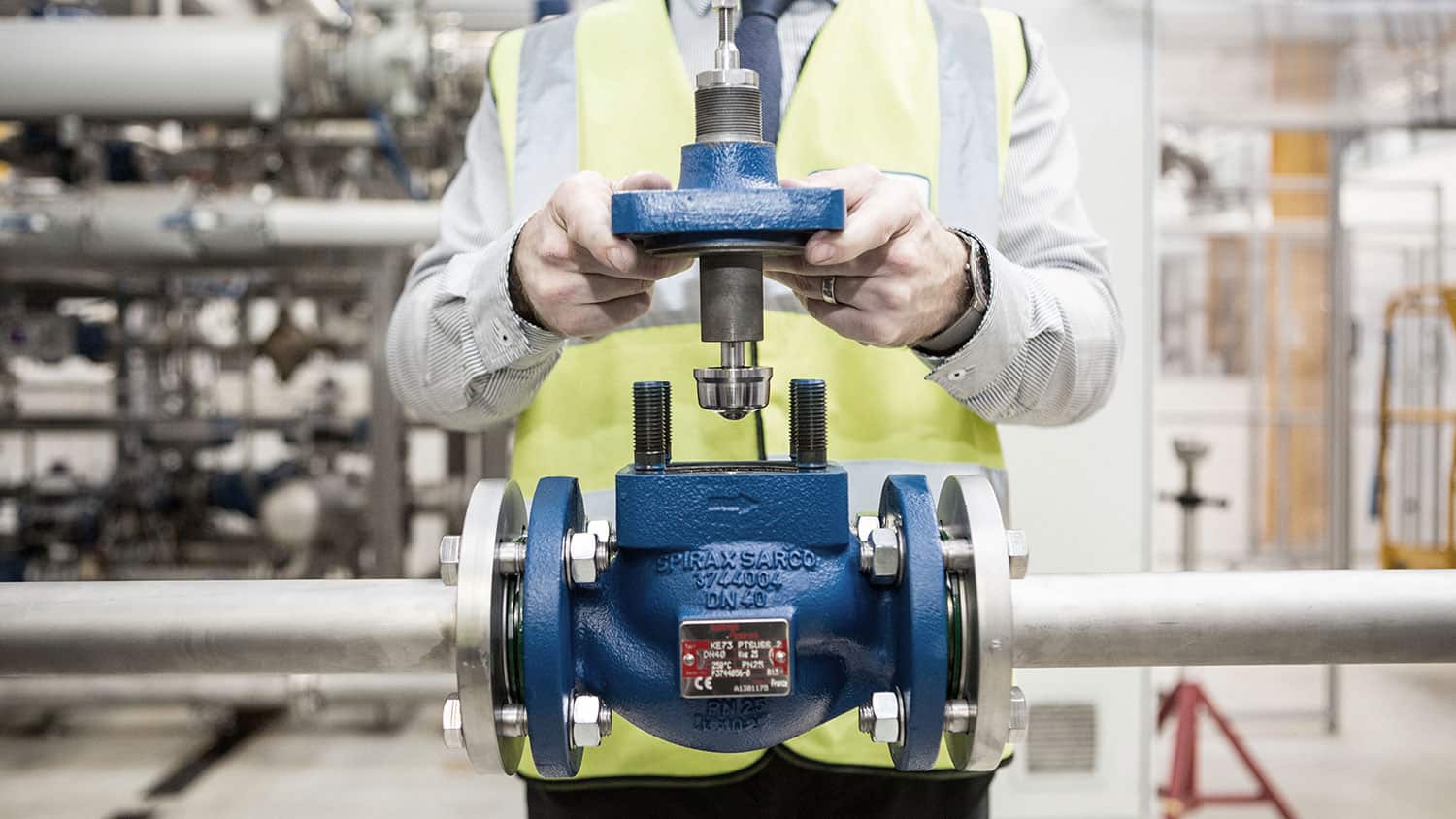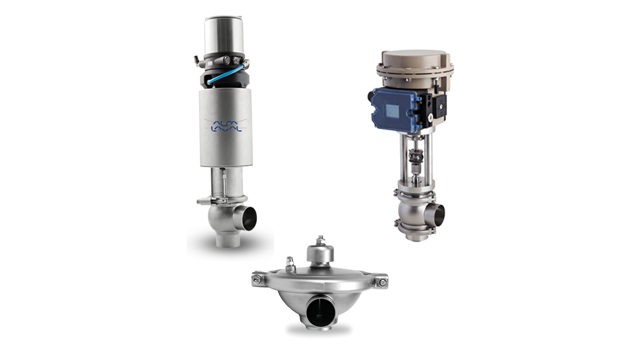Maximizing System Control with High-Performance Control Valves
Maximizing System Control with High-Performance Control Valves
Blog Article
Achieve Seamless Integration and Control With Quality Structure Automation Controls
In the world of contemporary building monitoring, the value of top quality building automation controls can not be overemphasized. As technology remains to advance, the combination and control of various systems within a building have actually developed to be extra efficient and advanced. The smooth operation and surveillance of illumination, HEATING AND COOLING, safety and security, and various other building functions have actually ended up being paramount for enhancing occupant comfort, power performance, and overall functional performance. Nevertheless, the trip towards attaining true combination and control is a multifaceted one, with considerations varying from system compatibility to cybersecurity. Embracing quality building automation controls is not merely a matter of benefit however a critical essential for companies aiming to maximize their centers' efficiency and sustainability.

Development of Structure Automation Controls
Throughout the past few decades, the evolution of building automation controls has considerably transformed the way buildings are managed and run. Building automation systems mainly focused on fundamental functions such as regulating home heating, air, and air flow conditioning (A/C) systems. However, as technology progressed, these controls have ended up being extra advanced, enabling a wider variety of building systems to be incorporated and handled centrally.
The advancement of constructing automation controls has actually seen a change in the direction of even more smart systems that can adapt to altering problems in real-time. This flexibility is crucial for enhancing power effectiveness and ensuring passenger convenience. Additionally, contemporary structure automation controls currently use attributes such as predictive maintenance, remote tracking, and information analytics, enabling facility supervisors to make data-driven choices to enhance structure performance.

Benefits of High Quality Combination
The improvement in structure automation regulates in the direction of even more smart systems has underscored the considerable benefits of top quality combination in maximizing structure operations and enhancing total effectiveness. This centralized control also provides better presence and understandings into building performance, enabling aggressive upkeep and optimization approaches. On the whole, the benefits of high quality combination in building automation controls are obvious, supplying boosted effectiveness, comfort, and functional performance.
Enhanced Customer Experience and Availability
Enhancing user interaction with structure automation manages via instinctive layout and enhanced access raises the general experience for residents and center managers alike. By concentrating on individual experience, building automation systems can end up being a lot more reliable and straightforward. Instinctive interfaces, clear navigation, and customizable setups equip customers to interact with the controls easily and efficiently.
Ease of access attributes play an important duty in guaranteeing that all people, consisting of those with handicaps, can utilize the structure automation regulates effortlessly. Incorporating functions such as voice commands, responsive buttons, and color-contrasted display screens can enhance availability and make the controls a lot more inclusive.
In addition, improved user experience brings about higher individual satisfaction, enhanced performance, and much better decision-making. Passengers can change ecological settings according to their preferences, while center supervisors can efficiently keep an eye on and handle building systems - control valves. Generally, prioritizing user experience and access in structure automation regulates adds to a much more efficient and seamless structure setting for all stakeholders involved
Sustainable Practices Through Automation

In addition, automation can assist in the combination of sustainable power sources such as solar panels or wind turbines into building operations. By immediately readjusting power use based upon the availability of renewable energy, buildings can even more reduce their reliance on non-renewable resources. This seamless assimilation of lasting practices not just benefits the setting but likewise improves the total operational effectiveness and cost-effectiveness of the structure. Through automation, buildings can straighten with modern sustainability goals and add to a greener future.
Future Trends in Structure Control Systems
In expectancy of evolving and progressing innovations sustainability methods, the trajectory of structure control systems is poised to welcome transformative approaches and ingenious services. One noticeable trend shaping the future of building control systems is the raised assimilation of Expert system (AI) and artificial intelligence. These modern technologies allow structures site to adjust in real-time to transforming conditions, optimizing power consumption and boosting comfort for passengers. Furthermore, the Web of Things (IoT) is transforming building control systems by linking sensing units and tools to boost and improve procedures performance.
One more crucial fad is the emphasis on cybersecurity measures to safeguard versus prospective risks to building automation systems. As structures come to be more interconnected, ensuring robust cybersecurity methods will certainly be necessary to protect sensitive data and avoid unapproved gain access to.
Moreover, the shift towards cloud-based systems is getting energy, enabling for centralized control and remote accessibility to structure systems. This facilitates less complicated monitoring, maintenance, and updates, improving the overall performance and adaptability of structure control systems. As innovation continues to advancement, these trends are anticipated to shape the future landscape of building automation controls, driving innovation and sustainability in the built environment.
Verdict
In final thought, developing automation controls have advanced significantly, supplying many benefits such as boosted individual experience, access, and sustainable methods. Quality integration plays a key function in achieving smooth control and efficient procedure of building systems. Future fads in building control systems are most likely to concentrate on more improving automation capacities for enhanced power effectiveness and overall efficiency. It is necessary for structure owners and drivers to prioritize the adoption of quality structure automation manages to optimize structure procedures and achieve long-term sustainability objectives.
In the realm of modern-day building management, the significance of quality building automation controls can not be overemphasized. On the whole, the evolution of building automation manages proceeds to drive technology in the building management industry, supplying new possibilities for producing smarter and a lot more lasting structures.
The improvement in structure automation manages in the direction of more intelligent systems has highlighted the significant advantages of top quality combination in maximizing building procedures and enhancing total effectiveness. Overall, prioritizing customer experience and access in structure automation regulates adds to an extra efficient and seamless building atmosphere for all stakeholders included.
It is necessary for structure proprietors and drivers to prioritize the adoption of quality building automation controls to optimize structure procedures and accomplish long-term site link sustainability objectives. - control valves
Report this page